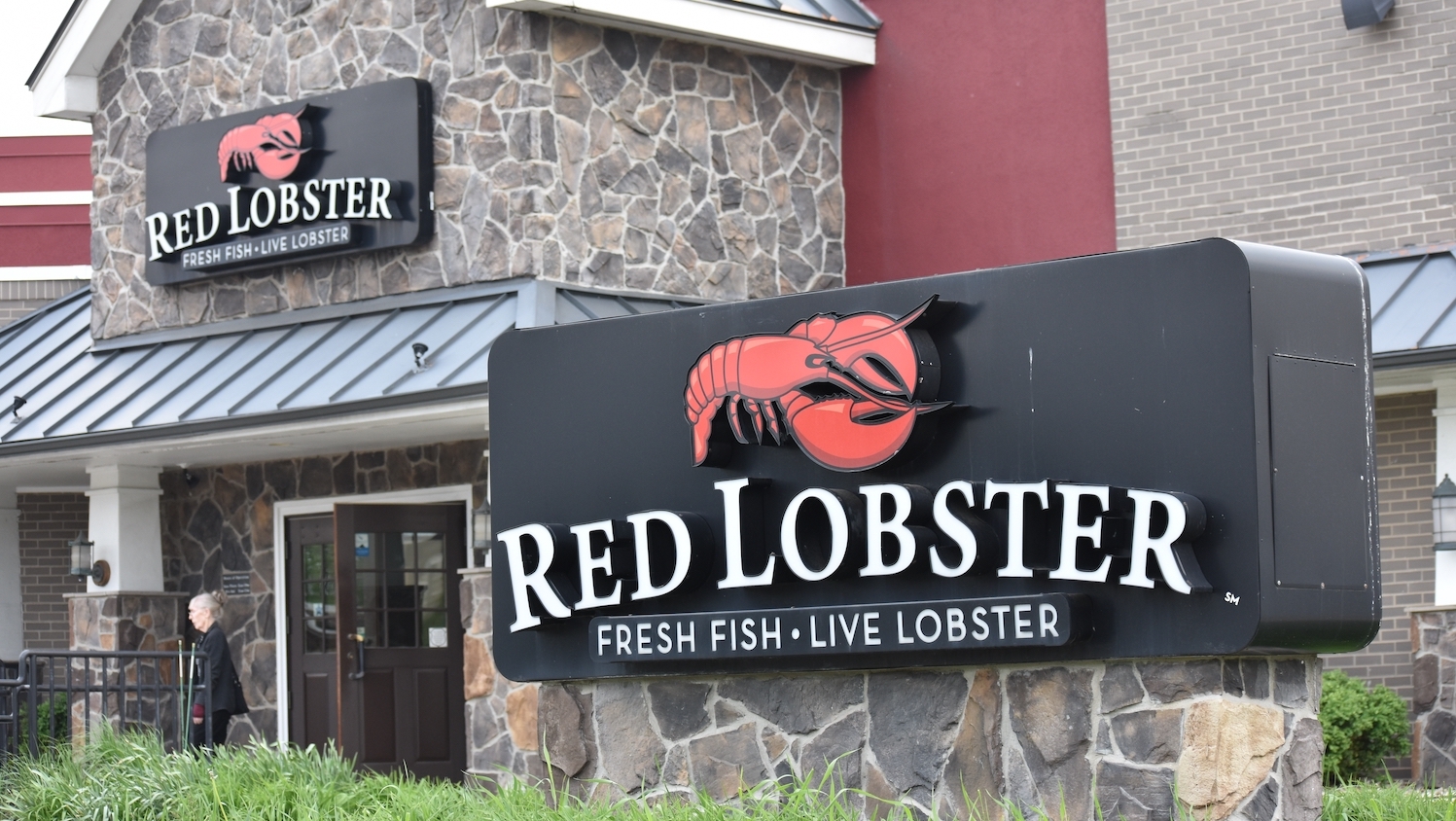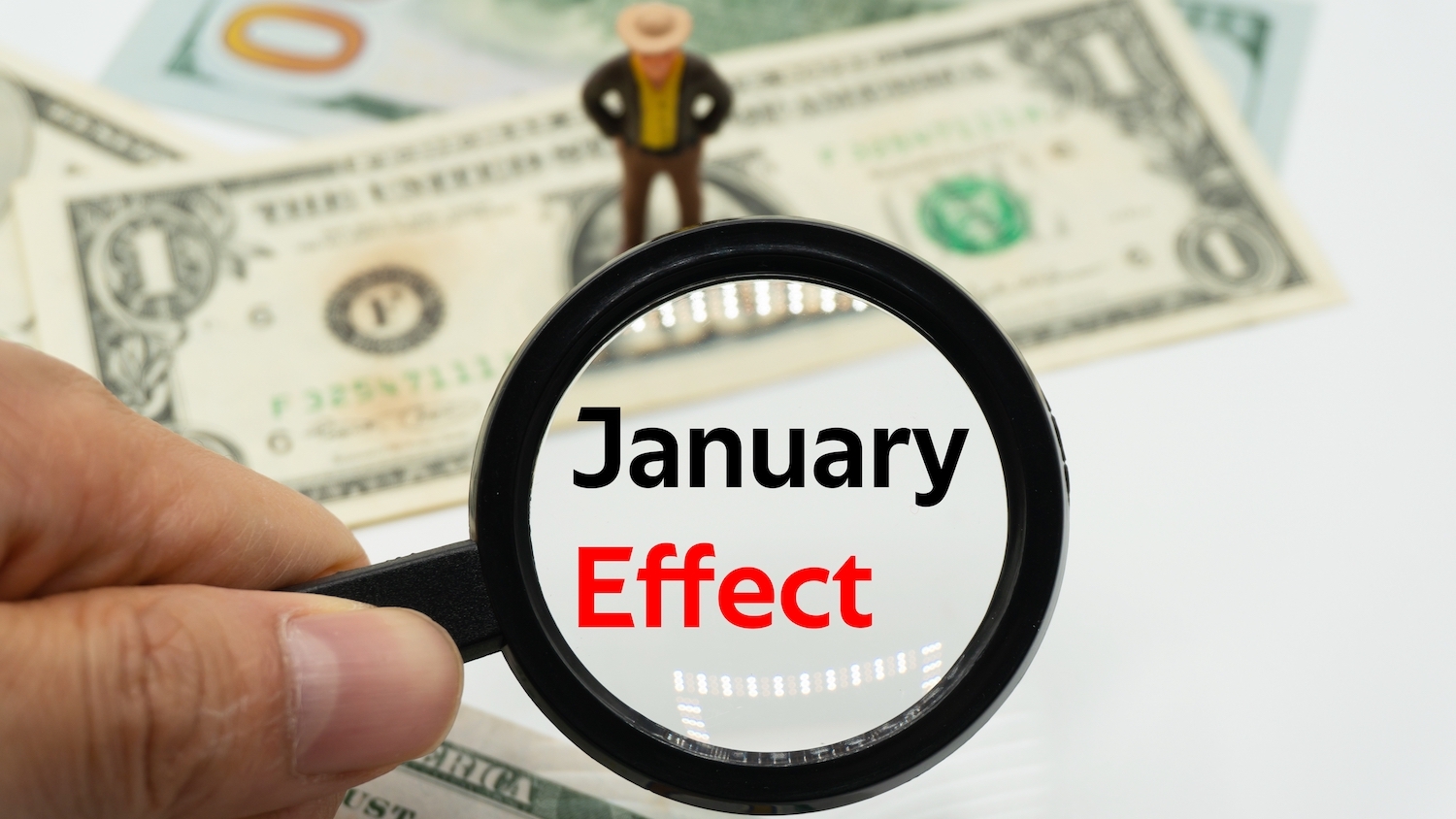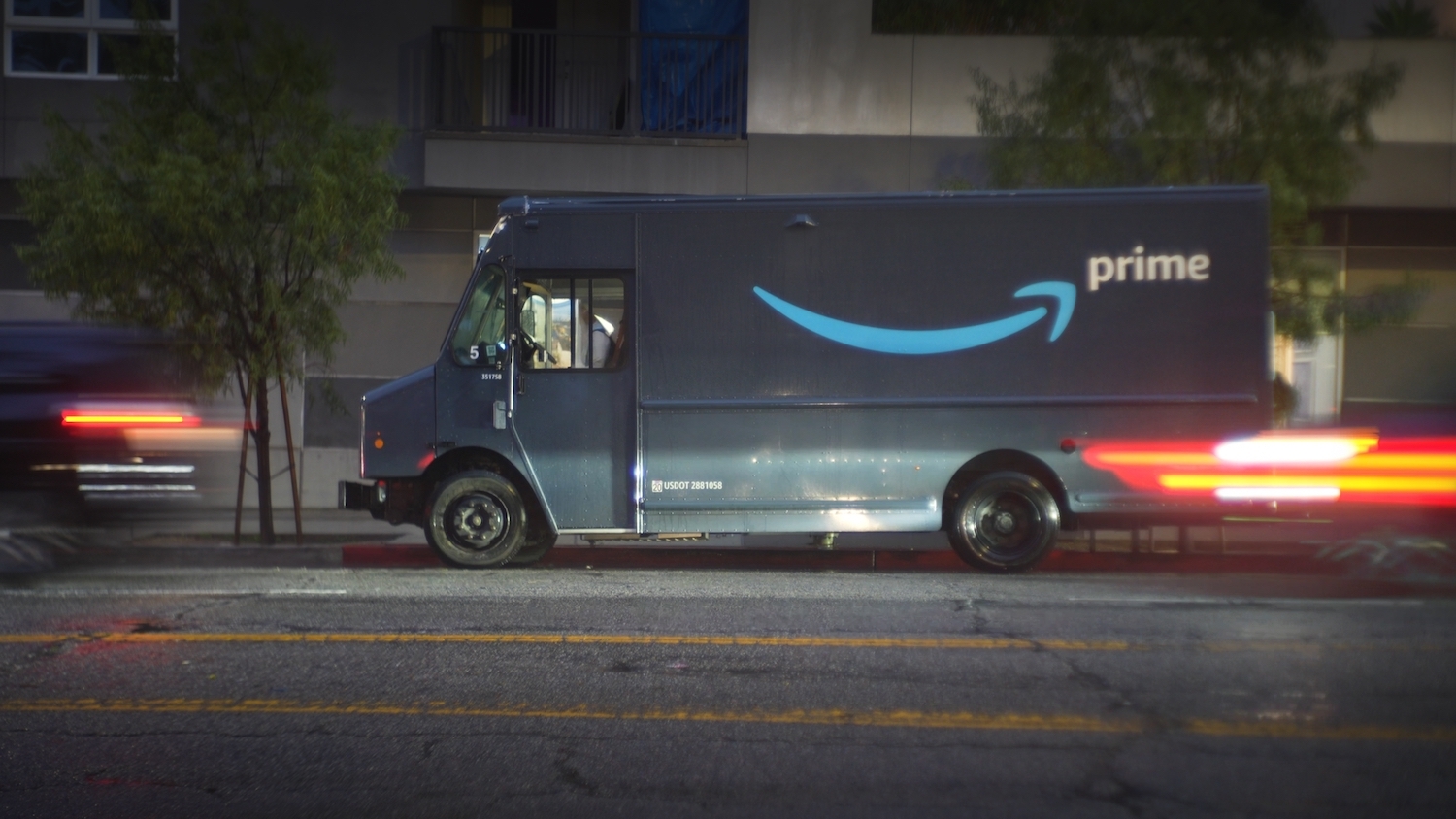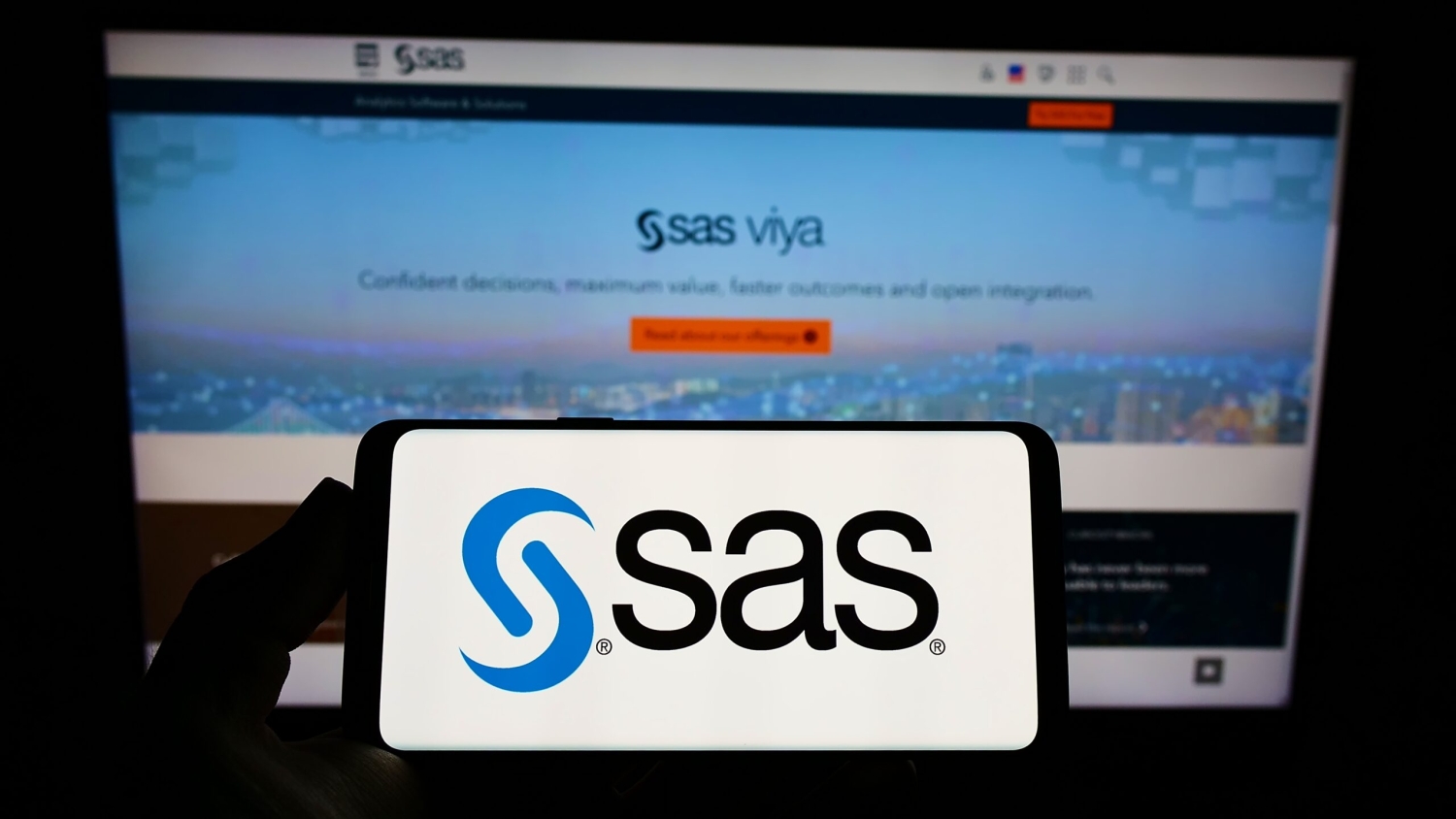Poole College marketing professor Michael Stanko authored this analysis of the Red Lobster and the shrimp special that spurred it.
This week, Red Lobster announced it was declaring bankruptcy, due in part to a disastrously successful $20 endless shrimp promotion.
The Red Lobster situation is more than a little peculiar. Red Lobster’s largest investor, Thai Union, is a provider of seafood, and it reportedly installed a CEO who simultaneously eliminated other shrimp suppliers and turned bottomless shrimp from a limited-time offer into a permanent menu item.
That doubly stressed the restaurant’s supply chain while market forces turned up the pressure elsewhere. As Chick-Fil-A, Jersey Mike’s, Chipotle, and other fast casual chains have grown in recent years, the environment has gotten tough for traditional sit-down restaurants such as Red Lobster. There’s also been significant turnover of both restaurant staff and corporate executives.
The massive traffic spike that resulted from the bottomless shrimp campaign compounded those pressures by creating operational and customer service issues at Red Lobster restaurants across the U.S.
“We were expecting an increase of 20% in customer traffic, but the actual number was up to 40%,” Thai Union CEO Thiraphong Chansiri said.
Mind the Cost of Finding Customers
So, how can a promotion that succeeds wildly also shoulder the blame for an $11 million loss? Looking holistically at customer acquisition costs helps us find an answer.
There are many ways a company can acquire customers, and each comes with costs. Pay-per-click digital advertising is what many companies think of first when they consider customer acquisition cost.
Loss-leader pricing is another approach; subsidizing all-you-can-eat shrimp is a classic use of this tactic. The intention would typically be to draw customers and their guests, who would then indulge in higher-margin menu items, such as alcoholic beverages.
But there’s always the risk that continuously running a price promotion results in shifting to a customer base of price-sensitive consumers who tend not to spend elsewhere on the menu. Groupon is an example: There’s evidence that customers of Groupon vouchers, who also tend to be price-sensitive, often fail to purchase other menu items.
Customer acquisition costs sometimes make marketers pursue crazy-sounding tactics. For instance, Fanatics Sportsbook offered $1000 in “bonus bets” to attract new customers as online sports gambling became legal in North Carolina in March. That was a wager by Fanatics Sportsbook that the newly acquired customers were likely to make more and bigger bets once place all their bonus gets.
Knowing the value of their customers helps marketers set limits on what they can spend to profitably acquire each customer.
Well, except for Red Lobster marketers.
A Quick Case Study in Comparative Acquisition Costs
Artsplosure, a big art festival in downtown Raleigh, happened this past weekend, and I observed something there that illustrates how marketers assess customer acquisition costs.
At a State Farm booth, employees gave away free personalized bobbleheads to anyone willing to have an insurance quote sent to them.
How can State Farm afford to give custom bobbleheads to entire families just for getting a quote? You have to consider the cost of other approaches. Take pay-per-click advertising: “Insurance” is a very expensive keyword on Google Ads, at over $50 per click.
Fifty dollars buys a lot of bobbleheads. So, it may make sense for the free stuff to keep on coming.
This post was originally published in Poole Thought Leadership.
- Categories:



